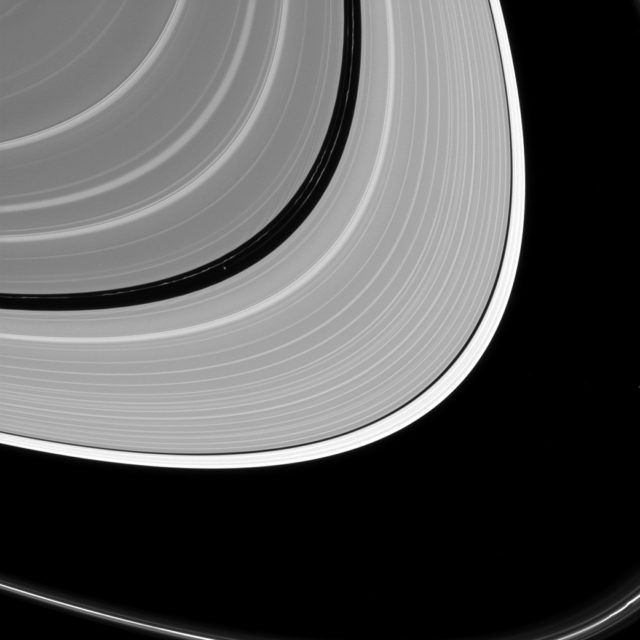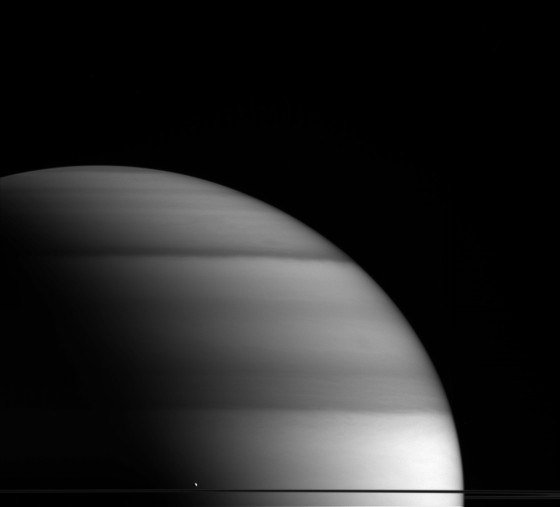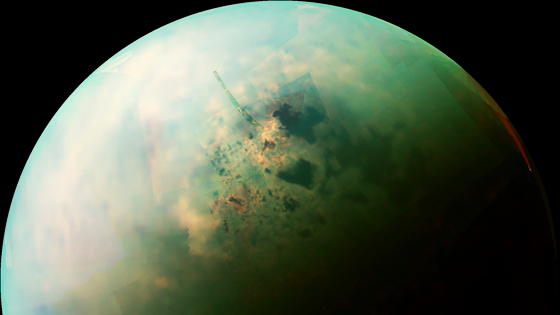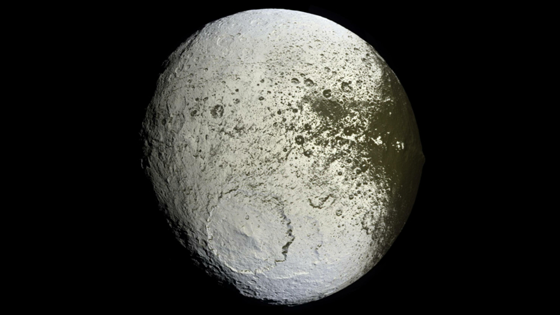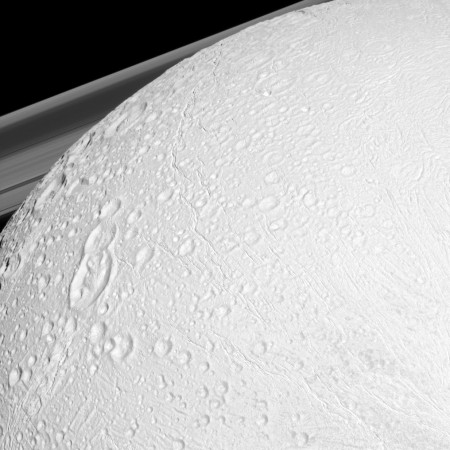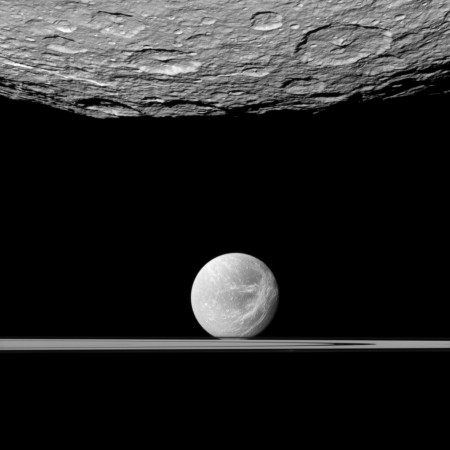#September2016
NASA wants to send QUADCOPTER DRONE to Titan. Oh to dream.
Shout out to NASA. Even if they’re like, totally underfunded, and wrangling with all sorts of bureaucracy, at least they come up with some pretty fantastic ideas. I don’t know how practical they are, and I generally regard them as science-fiction, but I’m on board. Like. A quadcopter drone on Titan? Sold.
SATURN’S MOON IAPETUS got itself some pretty gnarly avalanches.
You think you’re surfing the gnarly waves of crystallized water stuff here on Erf, brah? Think again. Saturn’s moon Iapetus is where all the legitimate skier people are going. We’re talking avalanches like a mofuckah.’
Saturn’s Moon Enceladus Is A Sexy Ball Of Ice.
Saturn’s Moon Rhea Takes A Beautiful Picture; Dione Isn’t Shabby Either.
Saturn’s Rings Are The Remains Of An Exploded Moon. Space Is Awesome.
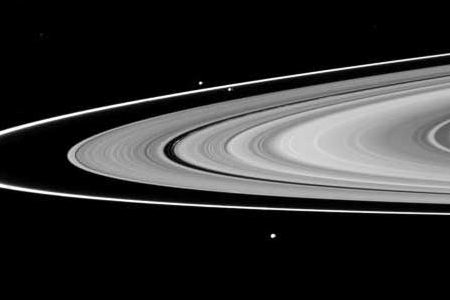
Every space junkie knows how fucking sexy Saturn’s rings are. But fuck, I don’t know about you, but I didn’t know this. Saturn’s rings are the remnants of an exploded moon. What? Awesome.
io9:
Saturn’s rings are among the most iconic sights in the solar system, but where did they come from? Long ago, an icy moon was ripped apart by Saturn’s gravity, creating rings once a 100 times bigger than they are now.
100 times bigger? Good lord. how big are they now? I looked that shit up for us, and they’re 275,000 kilometers which is “is a little less than the distance between the Earth and Moon.” Fantastic.
4.5 billion years ago, as the solar system was still in its primordial stages, Saturn was likely home to a number of large moons. These days, Titan is its only really big moon, as its lost siblings were likely pulled into Saturn by its gravity and destroyed. Most of the moons would have exploded within Saturn’s giant gaseous atmosphere, leaving no trace of their former existence. But the last moon to be pulled apart would have left a remarkable memorial behind: Saturn’s ring system.
[cont.]
But as huge and remarkable as Saturn’s rings are, an explosion of that size would create much, much bigger rings. A Titan-sized moon would probably create a ring system anywhere between 10 and 100 times bigger than what we see today. It’s hard to imagine just how awe-inspiring it would be to look upon Saturn all those billions of years ago with a sight like that waiting for us.
Over the eons, the rings would have steadily shrank, as parts of the ice fell back into Saturn and others drifted out into further orbits, where they would have clumped together and began to form new moons. Saturn’s inner moons all have masses and compositions that fit in with such an explanation very nicely, which is a good boost for the veracity of this new theory.
Goddamn fantastic.




